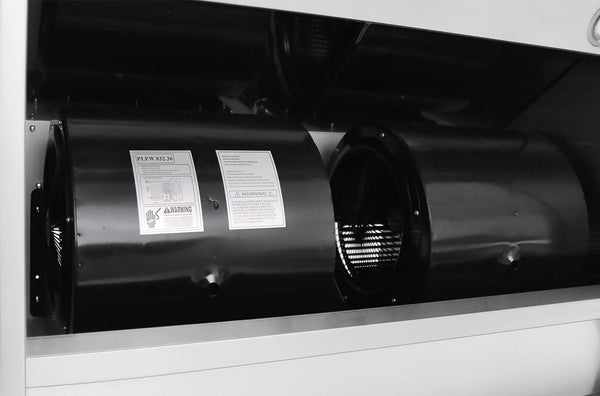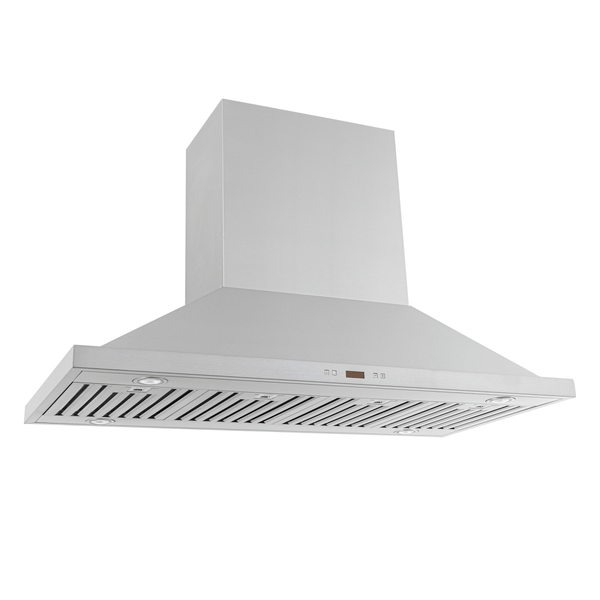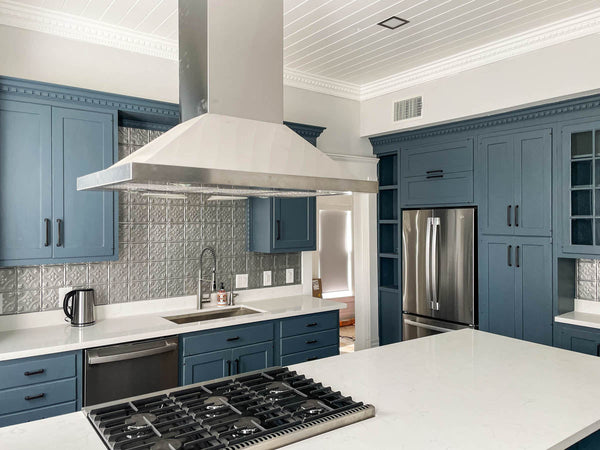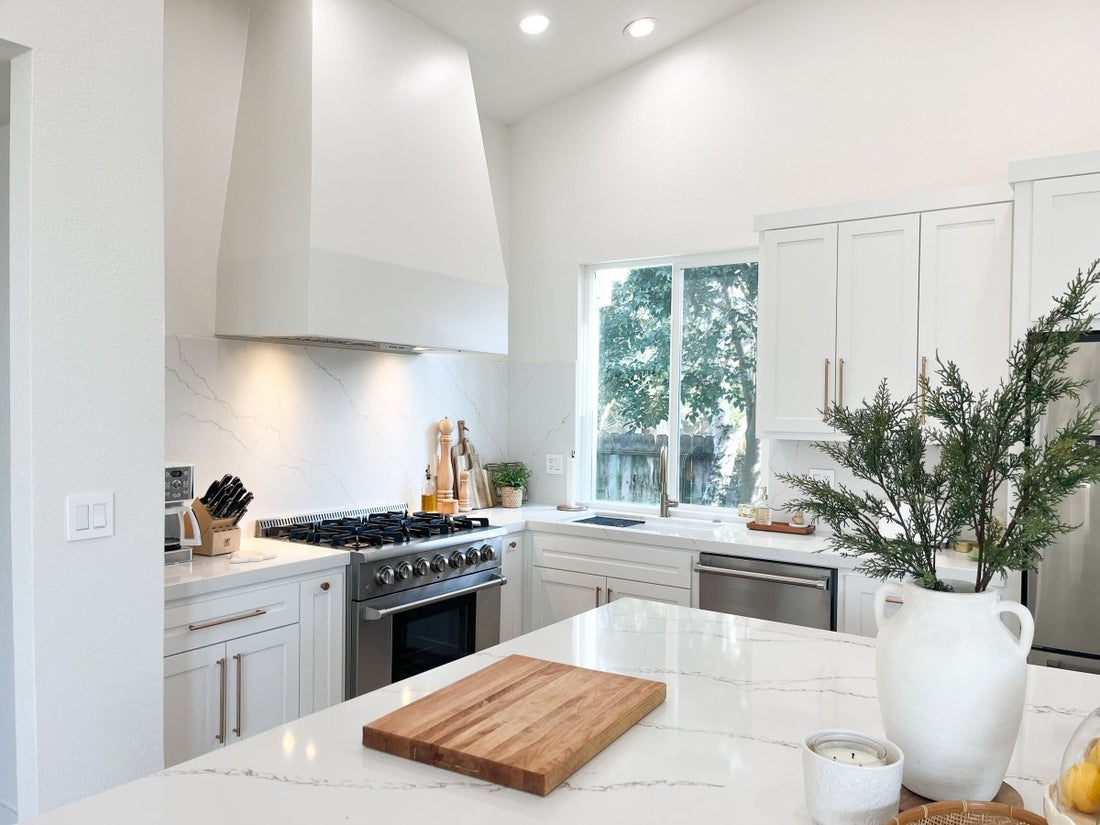Table of Contents
Is your range hood making strange noises, failing to clear smoke effectively, or simply looking outdated? Range hood replacement might be exactly what your kitchen needs. Whether you're dealing with a broken unit or planning a kitchen upgrade, this comprehensive guide will walk you through everything you need to know about replacing your range hood.

3 Signs It's Time to Replace Your Range Hood
Performance Issues
- Weak suction that doesn't clear smoke or steam effectively
- Excessive noise during operation (grinding, rattling, or squealing sounds)
- Lights that flicker or don't work at all
- Controls that are unresponsive or intermittent
- Visible grease buildup that won't clean off despite thorough maintenance
Age and Efficiency
- The hood is over 10-15 years old
- Replacement parts are no longer available
- The unit doesn't meet current ventilation needs for your cooking style
Aesthetic Reasons
- Outdated design that doesn't match your kitchen renovation
- Visible rust, dents, or permanent discoloration
- Size doesn't properly fit your current cooktop setup
- Upgrade to modern features like variable speed controls or LED lighting
Choosing the Right Replacement
CFM Requirements
Calculate your ventilation needs based on:
- Gas cooktops: 100 CFM per 10,000 BTU
- Electric cooktops: 100 CFM per 10 inches of width
- Heavy cooking: Add 25-50% to base requirements
- Island installations: Increase CFM by 25% due to cross-drafts
Noise Levels
Look for hoods with sound ratings under 3 sones for quiet operation. Modern range hoods often feature:
- Variable speed controls for different noise levels
- Insulated motor housings
- Aerodynamic fan blade designs
Filter Types
- Baffle filters: Best for heavy cooking, dishwasher-safe
- Mesh filters: Good for moderate cooking, easy to clean
- Charcoal filters: Required for ductless installations
Learn more about the different filter types here.

Common Replacement Challenges and Solutions
Ductwork Doesn't Match
- Use transition pieces to connect different duct sizes
- Consider professional ductwork modification for optimal performance
- Ensure all connections are properly sealed to prevent air leaks
Electrical Issues
- Older homes may need electrical upgrades for modern hoods
- GFCI protection may be required by current codes
- Hardwired units may need junction box modifications
Cabinet Modifications
- New hood may require different mounting points
- Cabinet doors or shelves might need adjustment
- Consider professional carpentry for complex modifications
Size Mismatches
- Going larger may require cabinet adjustments
- Going smaller may leave visible gaps that need filling
- Plan for touch-up paint or cabinet modifications
Just need replacement parts? Read about How do I order replacement parts for my Proline range hood?
All in All
Range hood replacement is an excellent way to improve your kitchen's functionality, aesthetics, and air quality. Whether you're fixing a broken unit or upgrading for better performance, choosing the right replacement hood and ensuring proper installation will provide years of reliable service.
Take time to assess your needs, measure carefully, and choose a quality unit that matches your cooking style and kitchen design. With proper planning and installation, your new range hood will be a valuable addition to your kitchen for many years to come.
Ready to find the perfect replacement range hood for your kitchen?
Browse Our Complete Range Hood Collection











